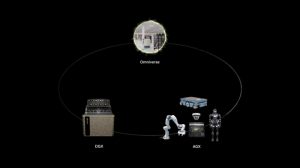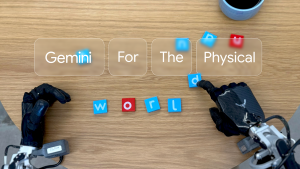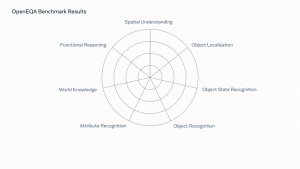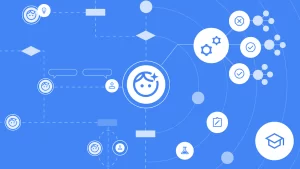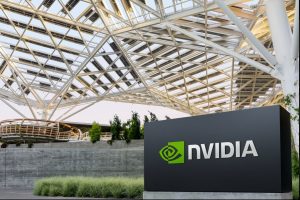LONDON — Google DeepMind has unveiled two new artificial intelligence (AI) systems, ALOHA Unleashed and DemoStart, aimed at enhancing robot dexterity for complex tasks. These advancements are part of ongoing efforts to make robots more adept at interacting with physical objects in dynamic settings.
Example of a bi-arm robot laying out a polo shirt on a table, putting it on a clothes hanger and then hanging it on a rack.
The research, led by Google DeepMind, highlights how these AI-powered systems help robots learn tasks typically challenging for machines, such as two-armed manipulations and intricate finger coordination. ALOHA Unleashed, for example, enables robots to master tasks involving dual-arm control, an area where robots have historically faced limitations. With this approach, robots can successfully perform tasks such as tying shoelaces, hanging shirts, and even conducting minor repairs on other robots, all through the dexterity advancements in ALOHA Unleashed. The platform builds on the foundations of the original ALOHA system from Stanford University, advancing both ergonomic design and the learning process to enable task mastery with fewer demonstrations.
Example of a robotic arm learning to tighten a bolt on a screw in simulation.
Alongside ALOHA Unleashed, DemoStart presents a unique reinforcement learning model designed to improve dexterous robotic hand performance through simulation. Using DemoStart, robots acquire complex behaviors in virtual settings, drastically reducing the need for real-world training sessions. This innovation has shown promising results, with robots achieving high success rates on various tasks, such as reorienting colored cubes, tightening nuts and bolts, and organizing tools. By starting with simpler tasks and progressively tackling more challenging scenarios, DemoStart provides an efficient path for robots to reach proficiency, even with fewer simulated demonstrations.
The system’s development benefited from the use of MuJoCo, an open-source physics simulator that helps bridge the gap between simulation and real-world applications. Testing on a three-fingered robotic hand, DEX-EE, developed in collaboration with Shadow Robot, demonstrated DemoStart’s practical application and potential for real-world deployment.
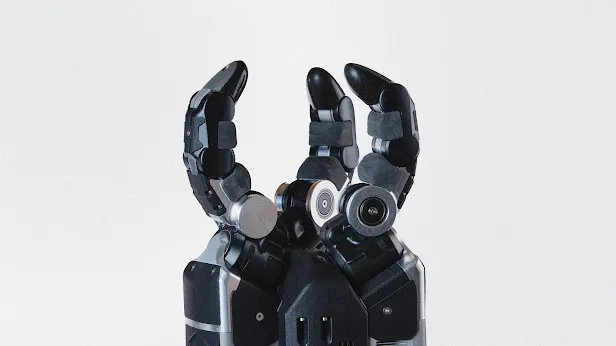
These developments underscore the potential of AI in enabling robots to perform more helpful and varied tasks, making them an asset across different environments, from homes to workplaces. While there remains a journey to achieve human-level dexterity, each new breakthrough brings us closer to a future where robots can effectively assist with intricate physical tasks.



